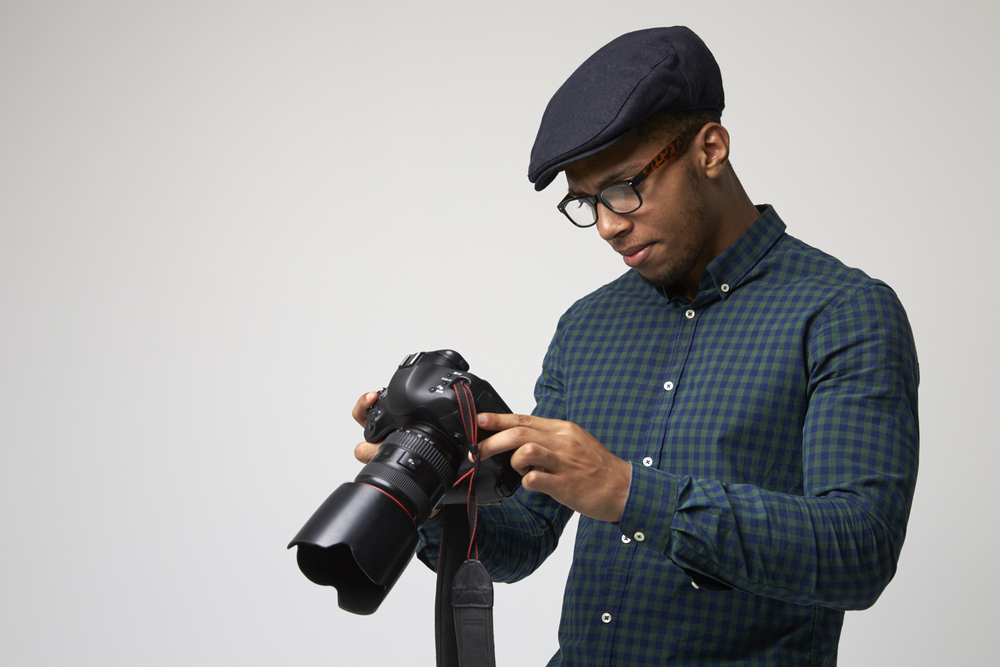13 Nov 4 Tips On How To Improve Your Storytelling

One of the longest standing forms of ancient art is storytelling. The first ever group of human species to engage in storytelling may have done so to educate future generations, and for leisure (amongst other things) but in this day and age, this form of communication has become a lifestyle, and career path for many. Take a closer look at the world around you. You will notice that there’s always a story told somewhere, somehow.
Writers are compelled to write, yet not every storyteller will have a compelling offering. As such, it is important to note that in a world that’s constantly changing, context remains the storyteller’s number one guide to telling relevant and compelling stories. This art encompasses a myriad of factors which determine how good the story is and how well it’s received by the audience.
The art of storytelling involves 3 important role-players which the content creator must understand in depth.
- The writer
- The character
- The audience
A study carried out by scientists at Princeton University revealed that, a well written story causes parts of your body to respond, as though events occurring affecting a character in the story, were happening to you. This alone reveals the power of good storytelling and the influence it has on the human brain.
The key to telling engaging stories is knowing the essence of every role played by these participants. However, what makes you stand an even greater chance at succeeding in this field is knowing that your primary focus should always be on your audience because that is where you seek to build a relationship.
In the marketing, advertising and communications industry, storytelling comes in various forms and can be accessible through different mediums. Below are some of the most common and popular means of storytelling.
- Script writing
- Conversation
- Photography
- Performance
1. Script writing

This is where the writer needs to bring out the authenticity of the story as much as possible.The message needs to be crystal clear, relevant and enticing. It is through your story that you influence your audience to take action. When writing a script for your video, create intrigue. Your story must be convincing, and don’t forget this presents a great opportunity for you to build trust with your audience.
There is no denying that everyone has a story to tell, but not everyone is a copywriter. In cases where you don’t have a professional in house, it is best that you have an experienced professional copywriter look at the script before publishing. Yours is to ensure that the message isn’t lost in the proofreading and editing process.
2. Conversation

You’ve probably come across a lousy storyteller at some point in your life, If they aren’t rambling, they never quite manage to drive their point home. Well, not everyone makes a lousy storyteller. Once you master the fundamentals of good storytelling, you can become one of the best in your field.
To start you off, you need to remember the aim is to create a connection with your audience. Aspects such as variation in your voice helps keep the audience interested. Don’t hesitate to give vivid detail where necessary, this helps engage the imagination. Most importantly, tell your version of the story and be true to your audience, your message needs to speak to your target which is your clientele.
3. Photography

Any professional photographer will tell you of the 5 most important aspects of storytelling through photography. These are:
- Idea
- Mood
- Emotion
- Message
- Narration
Should your story miss any of these, it may very well be misunderstood by your audience. Be mindful of your framing, angles and the general rules of photography but do not forget to engage your audience with thought provoking and compelling stories. Make sure your first image triggers curiosity. Include only the photographs that speak to your message, remember context is key.
4. Performance

People often refer to performance storytelling as a powerful means of expression. This form of storytelling through performance could include both spoken and unspoken words, depending on the piece. In the marketing, advertising and communications industry, you need to look at performance storytelling as a means to convert the target audience from being just visitors to customers or clients.
It is evident that creativity, authenticity and context can either make or break your story. The same is true in the marketing and advertising scene. Storytelling plays a big role in your marketing strategy. If you happen to have a story to tell and need creatives to work your video, animation or storyboard, contact BWD Advertising today.

